T1 Test to check molten metal flow and trial production
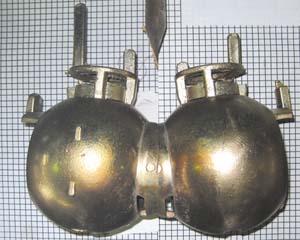
Metalmold temperature approximately 95°C
Temperatureduring pouring about 1010°C
Molten metal flow is very good.
Moltenmetal is filled all the way up to up-hill part for degassing.
Goodrun of molten metal was observed even when the temperatures varied slightly dueto repeated pouring experiment.
Therun of the molten metal was about the same with fast and with slow flow of themolten metal supplied to the product part.
Adefect was found in trial production caused by shrinkage in the part sandwichedby the core, which is the part that solidifies last.
We believe the defect can be resolved by using adifferent gate thickness and position.
T2 Teeter mold test
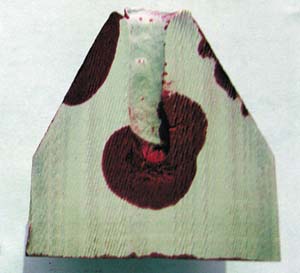
Result: good It can be used for Permanent mold casting
Internalshrinkage showed a smooth surface.Thereare thin and deep shrinkages.。
In thedeepest part of the shrinkage, a rough texture and cracks were observed throughcolor check.
A planthat sufficiently considers metal mold castability including shrinkage isnecessary.
Moltenmetal temperature may not be suitable.Atemperature range must be used that is suitable for Permanent mold casting.
Suitablemelting technology may need to be confirmed.(The method used to make moltenmetal may have been unsuitable.)
T3 Confirmation of mechanical properties
Tensilestrength: 513 N/mm2 Degreeof elongation: 44%
Greatly exceeds the standards for common brass and bronze materials.
T4 Analysis and confirmation of molten metal components
| Cu | Sn | Pb | Zn | Fe | Si | Cd | ||
|---|---|---|---|---|---|---|---|---|
| 1. | Standard value | 80.0Min | 0.25Max | 0.15Max | 12.0-16.0 | 0.15Max | 3.8-4.2 | |
| 2. | Purchased materials | 80.54 | 0.01 | 0 | 15.24 | 0.02 | 4.07 | 2ppm |
| 3. | Before melting | 80.3 | 0.004 | 0.001 | 15.78 | 0.02 | 4.09 | 2ppm |
| 4. | At the time of test production | 80.5 | 0.2 | 0.002 | 15.04 | 0.017 | 4.2 | 3ppm |
Molten metal management is relatively easy
T5 Confirming processability
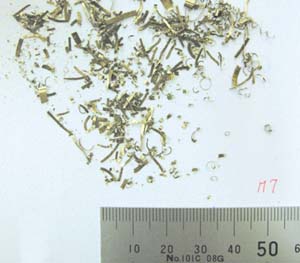
Comparedto common brass, it has higher viscosity and is very hard.
Chipsare large and connected.
Processabilityis acceptable if the production efficiency conditions such as machine rotationspeed are reduced.
T6 Evaluation of pressure resistance of trial production
Result
Thistrial product was not perfect, but good results were obtained.Effectsof metal mold plan are significant.
Preliminary trial production
Leakagewas observed in part of the trial production.It wassandwiched by core sand and leaked at what seems to be the final solidificationspot.Therewas no leakage at the part in direct contact with the metal mold.
True trial production
It canbe improved through thickness settings and the way molten metal flows based onthe metal mold plan.Afterchanging the plan and thickness setting of the product, the results in truetrial production were good.
Results and evaluation
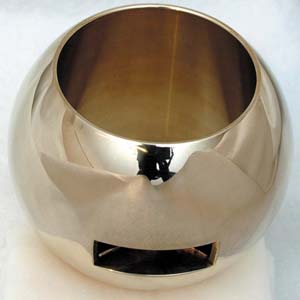
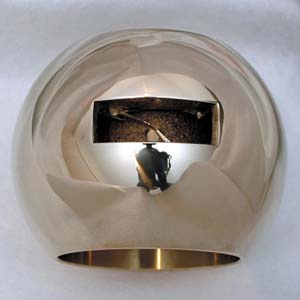
Metal mold castability is good.
It can also be used as a material for Permanent mold casting. Formass production through low-pressure Permanent mold casting, continuous examinationof Permanent mold casting conditions, such as suitable pouring temperature andmetal mold temperature, is necessary.Massproduction is easily possible in the present state if the Permanent mold castingproduct is small.
As thedegree of shrinkage is large, sufficient examination of Permanent mold casting planis necessary.
However,the features of the plan must be changed from that for commonly used leadedbrass material.
If wecan find a suitable metal mold plan and suitable Permanent mold casting conditions,higher values of mechanical properties can be obtained compared to commonlyused brass, and therefore we can expect a reduced weight of Permanent mold castingproducts through reduced thickness.